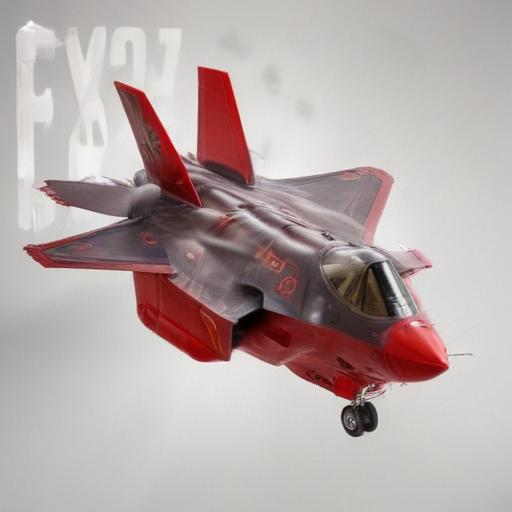Headlines: F-35 sales face geopolitical headwinds as tariffs and alliance anxieties ripple through defense purchases
A wave of retaliation linked to U.S. tariffs and security policy has put the Lockheed Martin F-35 stealth fighter in the crosshairs of several longtime allies, underscoring how defense procurement can become a flashpoint in broader political tensions.
Switzerland’s latest move illustrates the pressure. After a 39% tariff on Swiss goods took effect, Swiss lawmakers urged the government to cancel its roughly $9.1 billion order for 36 F-35 jets, part of a plan to replace aging aircraft. The country’s decision comes as costs for the program have risen since Switzerland first agreed to buy the fighters in 2022, when the deal was valued at about $6.25 billion. Inflationary pressures have pushed the price higher, fueling friction with Washington over the package.
The controversy is not unique to Switzerland. In Spain, authorities ruled out a direct purchase of the F-35, opting instead for the Eurofighter or the Future Combat Air System, a joint European project currently under development. The move comes amid broader conversations within NATO about defense spending targets and the U.S. security commitments that undergird alliance cohesion.
Portugal and Canada, both NATO allies, have also questioned F-35 plans in recent months as doubts about U.S. security guarantees and looming tariffs complicated procurement decisions. Portugal’s defense minister noted that the changing international landscape makes countries rethink the best options for their fleets. Canada, after signing a 2023 deal for 88 jets, has seen mixed signals: discussions about pursuing other fighters have coexisted with reports that officials were weighing a full commitment to purchasing all 88 aircraft.
Despite the turbulence, U.S. defense officials and Lockheed Martin have signaled that such procurement debates are local and political, with foreign military sales managed through government-to-government channels. Lockheed has emphasized that the matter is one for national governments to resolve.
Against this backdrop, Lockheed’s F-35 program remains a cornerstone of global air power. The jet already forms a substantial portion of allied air forces and the U.S. military, with hundreds of aircraft in service. The program’s size is enormous: the Defense Department estimates lifetime costs around $1.8 trillion when development, production, operations, and maintenance are all tallied. The Pentagon aims to field roughly 2,400 F-35s across the Air Force, Navy, and Marine Corps to replace aging non-stealth fighters.
Orders from other allies have continued to roll in, underscoring ongoing demand. The United Kingdom added 12 aircraft, Belgium 11, and Denmark at least 10 more, according to Lockheed. A recent U.S.-EU trade agreement also points to a broader push for Western nations to equip partners with advanced systems, including a steady stream of American-made weapons.
Industry observers note that even with controversy, the F-35 remains the most capable option available for allied interoperability today. Analysts have highlighted ongoing investment in unmanned capabilities as a complement rather than a replacement for manned stealth jets, with JPMorgan pointing out that the F-35 remains a critical, relatively affordable capability for the United States and its allies.
Looking ahead, development of next-generation platforms continues alongside upgrades to existing aircraft. Lockheed and others are pursuing future systems, but the F-35 is expected to remain the backbone of allied fleets for years to come, particularly for missions requiring stealth, sensor fusion, and joint interoperability.
Why this matters: The unfolding debates around F-35 orders reveal how defense technology and geopolitics are intertwined. Tariffs and security commitments can alter long-term procurement planning, even for jets that are central to alliance deterrence. For policymakers, the core message is clear: sustaining interoperability and common standards will be crucial as allies navigate costs, strategic priorities, and a changing security landscape.
Summary: While some allies are rethinking their F-35 purchases in light of tariffs and political tensions, the program still commands broad demand and remains central to U.S. and allied air power. The coming months will likely see continued negotiations and careful balancing of national budgets, alliance commitments, and the evolving threat environment.
Additional notes for publication:
– Emphasize the tension between domestic economic actions (tariffs) and long-term defense commitments, showing how policy levers can influence strategic procurement.
– Highlight the importance of interoperability and common standards in multilateral operations, which is a key rationale for continued F-35 investments despite political headwinds.
– If possible, include a sidebar with a quick fact box: current active international F-35 orders, estimated total program cost, and recent major order additions from UK, Belgium, and Denmark.
